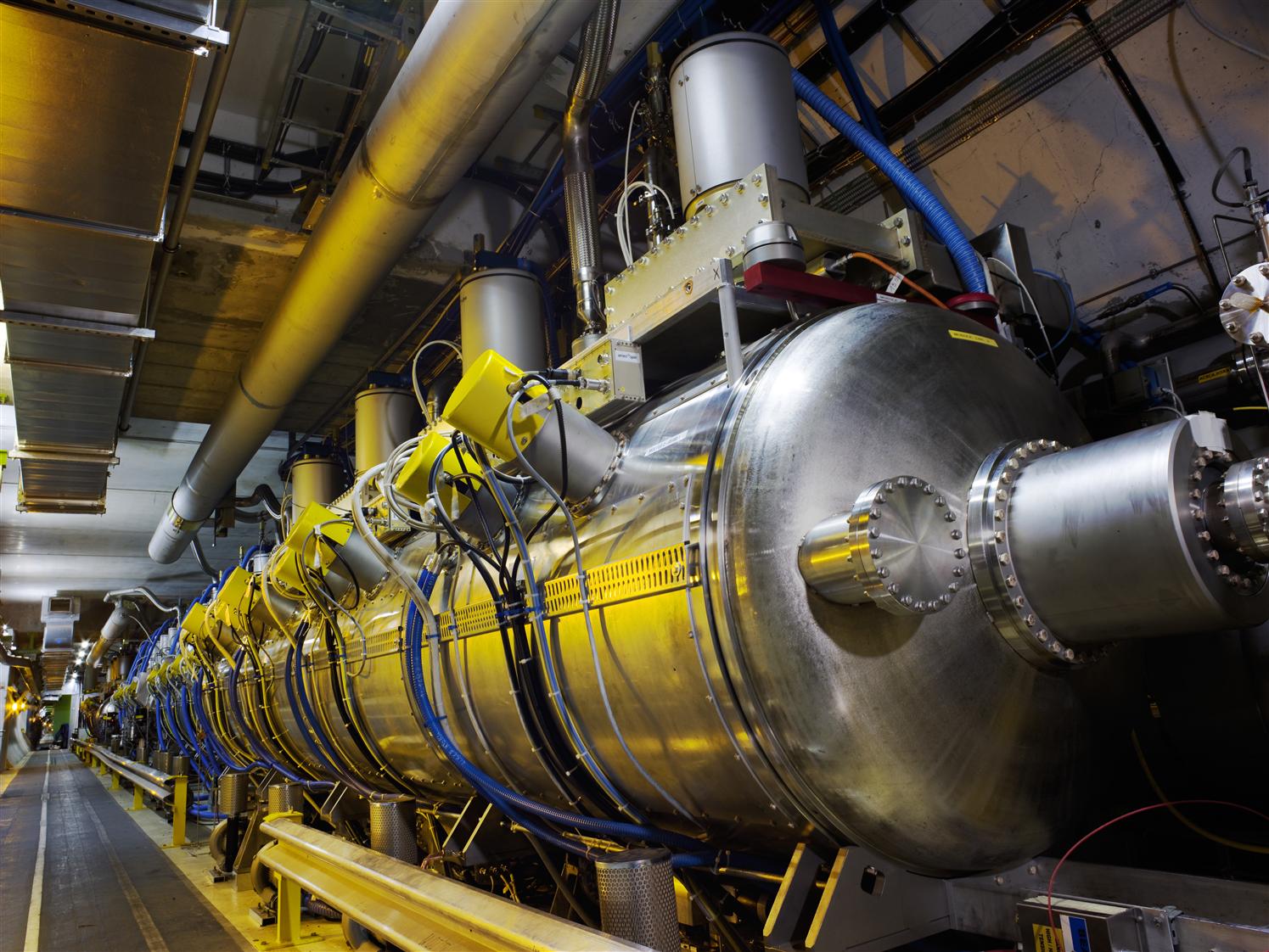Can Large Research Infrastructures (RIs) - such as the Large Hadron Collider at CERN and the International Space Station - generate tangible economic benefits to local communities? Answers to this question are central to the use of public funds. Resources are limited, and many alternative possible investments (e.g., local schools or hospital services) compete to attract them. In this context, policymakers and citizens alike increasingly look for immediately visible benefits to justify public investment. While RIs are designed to address complex scientific questions, their capacity to generate short-term visible benefits remains of fundamental importance to the local communities that fund them.Going beyond the localised impacts in the areas where RIs are physically located, research on socioeconomic impacts has looked at procurement as a relevant channel for more widespread benefits. Existing studies have shown that, on average, firms that directly work with RIs experience an increase in sales, profits and probability to patent. However, while the effects can extend beyond the firm's boundaries, there is no systematic evidence on the wider local impact of this type of procurement.
To fill this evidence gap, as part of the feasibility study for the next generation of colliders currently explored by the FCC collaboration, we have examined the impacts on the wider local economy of producing components unique to particle accelerators. Our results show that every new employee hired by the supplier to fulfil the order by the RI for these components has supported 15 additional manufacturing jobs outside the firm's boundaries. In monetary terms, each one million euros spent on RI procurement has supported 11 manufacturing jobs in the supplier’s municipality. This suggests that the effects on the local economy are considerable and larger than those on the individual firm.
Our study focused on one specific technology that is particularly relevant for future particle accelerators: superconducting radiofrequency (SRF) cavities. This technology has been selected for two reasons. Firstly, SRF systems will be at the heart of any future circular lepton collider. Secondly, SRF cavities are exclusively produced for particle accelerators, making it easier to attribute any observed impact to the RI procurement contract. To measure the local effects of this technology, we examined the procurement activities for the construction of the European X-ray Free Electron Laser (XFEL) facility in Germany, which involved the largest production of SRF cavities to date. After interviewing firms and research institutes involved in this project, we decided to examine the local economic impact of this large contract on Schio, a municipality in Northern Italy where E. Zanon (today Zanon Research & Innovation), one of the two suppliers, is located.
To estimate the causal effect (i.e., to identify the true effect of RI procurement over and above what would have happened in the local economy irrespective of the new contract), we compared the economy of Schio with a suitable counterfactual. We use a new statistical technique called Trajectory Balancing Method to do this. By searching for a weighted combination of all the other municipalities in Northern Italy, we created a "Synthetic Schio" that approximated the employment trajectory before the production started in 2012. The intuition behind this method is that if the trajectories of the actual Schio and its synthetic version are similar before the "treatment", any difference after the beginning of the production can be attributed to the procurement contract.

Our research has three main findings. Firstly, as shown in Figure 1, we found that this contract positively affected local manufacturing employment in Schio. The number of manufacturing employees in Schio was 7% higher than it would have been in the absence of SRF procurement.
Secondly, further analysis revealed that this effect was mainly driven by backward linkages (other local firms supplying inputs for the final products), pointing to the importance of linking local businesses for these benefits to materialise.
Thirdly, when looking at other sectors of the economy, such as local services or a wider geographical area – in our case, the Labour market area that considers commuting patterns – we did not find an effect, suggesting that the impact is limited to the manufacturing sector and spatially concentrated.
Our study is the first to look at the local impact of RI procurement, and even though it focused on one specific technology, it has important policy implications. Firstly, when making investment decisions for these scientific projects, governments should consider these wider local economic benefits that have been overlooked until now. The upcoming FCC-ee project, which involves producing a larger quantity of SRF cavities than XFEL, has the potential to generate an even greater impact. Secondly, this type of procurement could be an additional tool for local economic development. Local policymakers should support their firms in bidding for these contracts and improve the links between local firms in the supply chain to maximise the potential impact of procurement.

